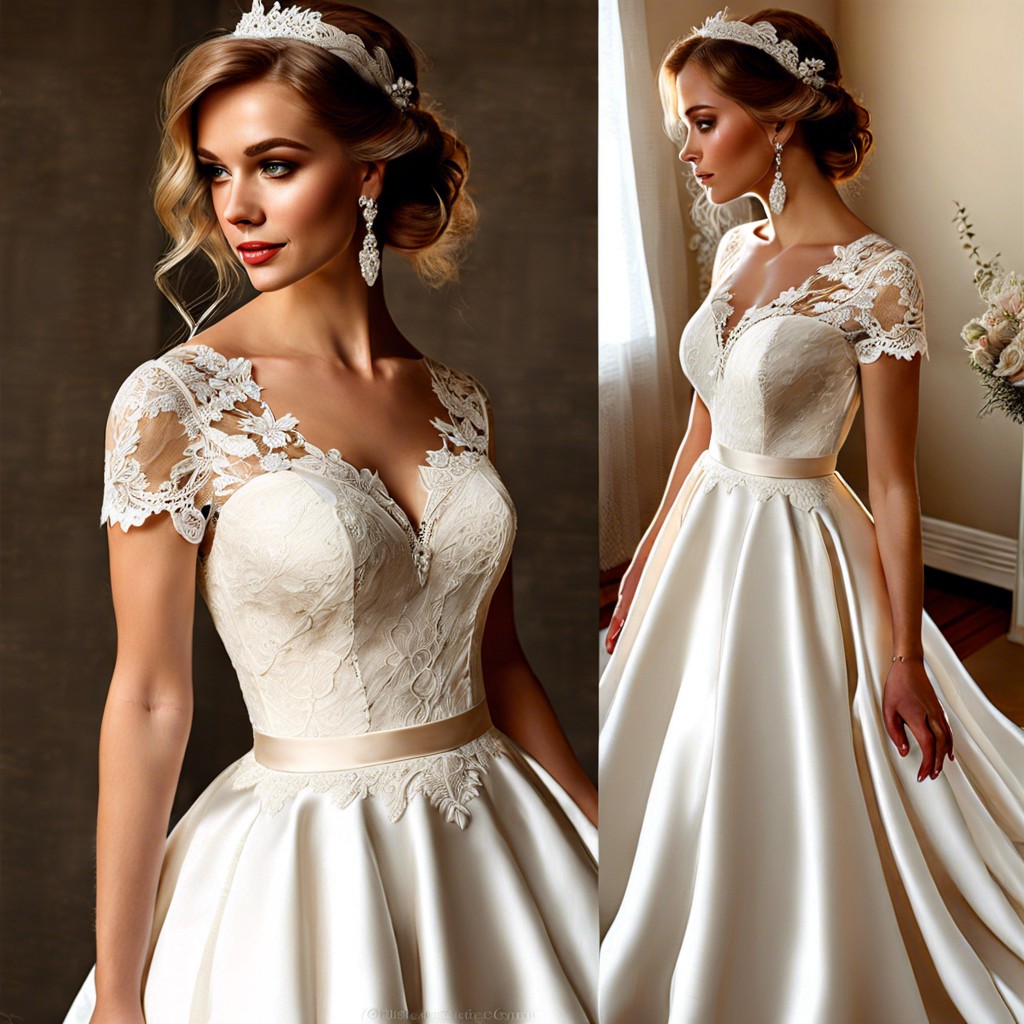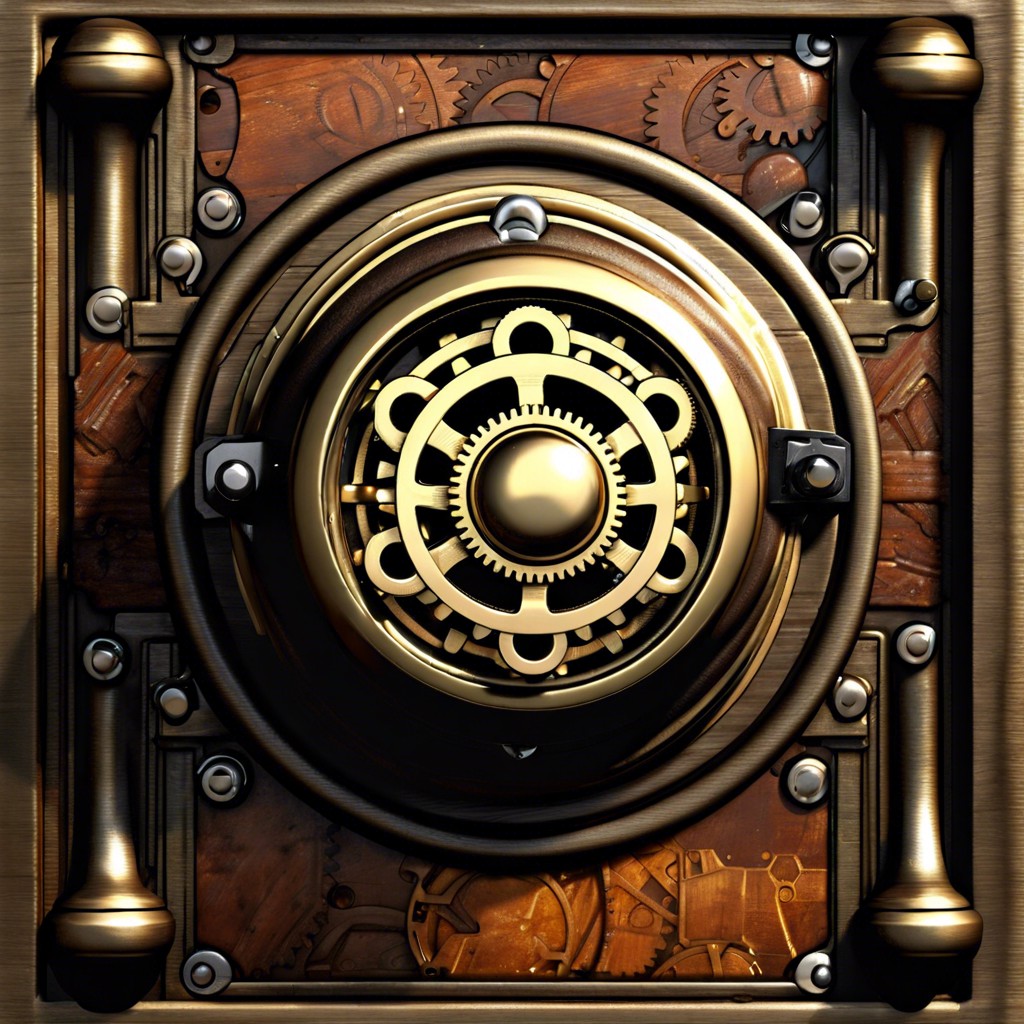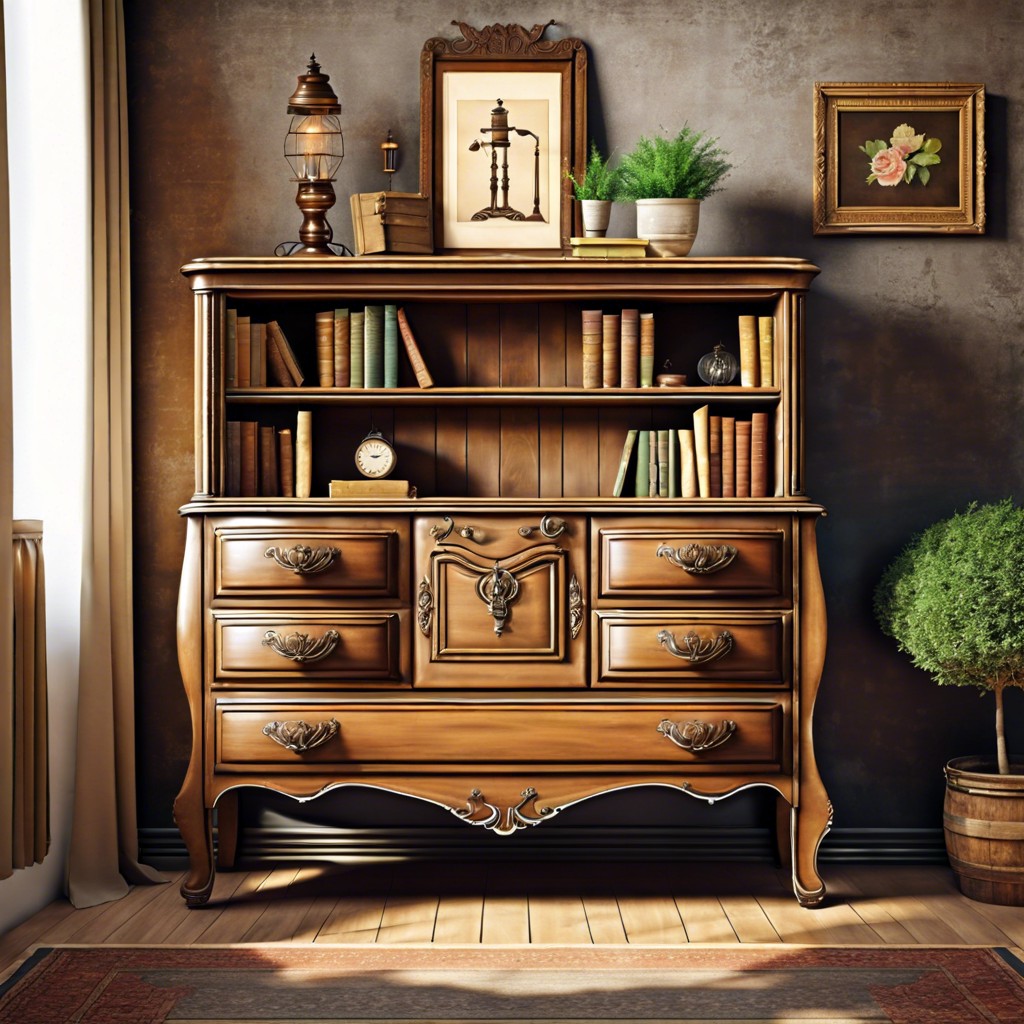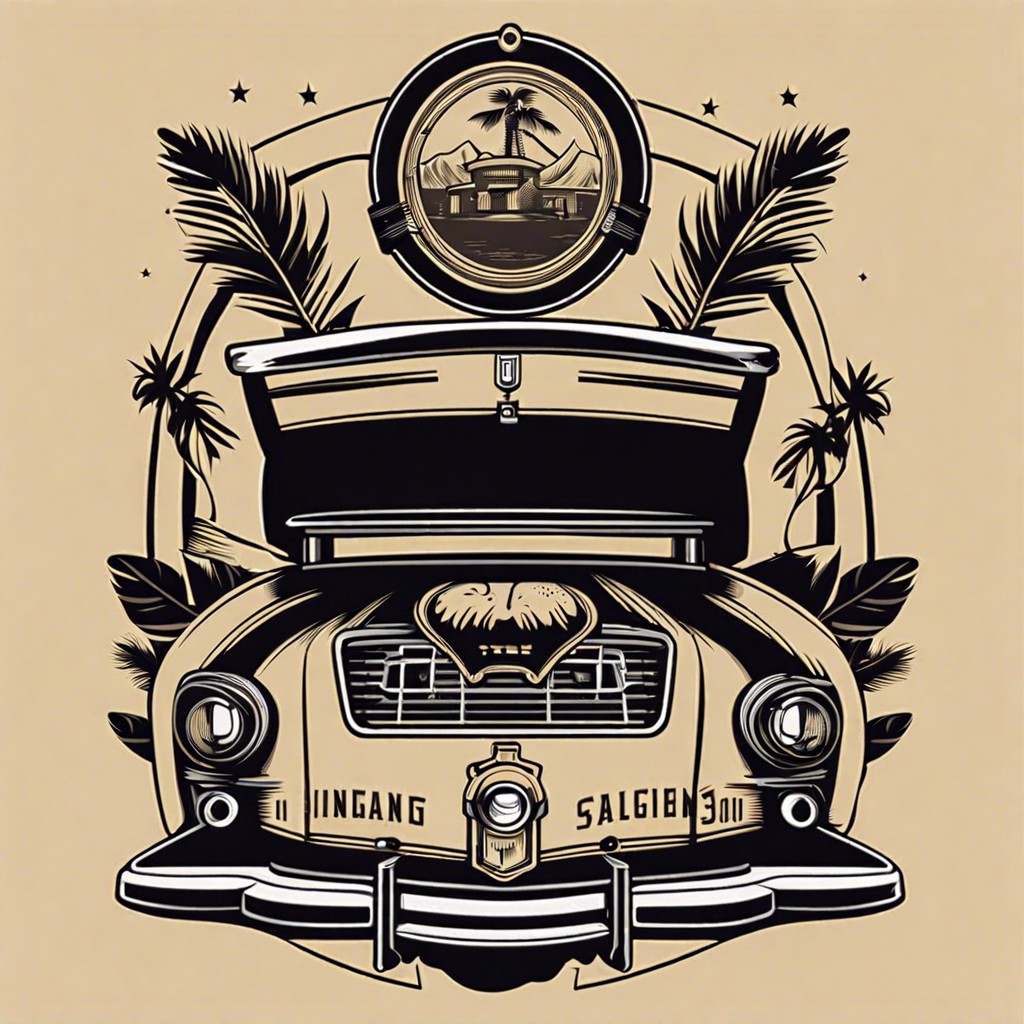Last updated on
Understanding the difference between retro and vintage home decor is crucial because it can guide your style choices, making your space more authentic and personalized.
Navigating the nostalgic charm of bygone eras often leads to the delightful dilemma of choosing between vintage and retro home decor.
In the quest to infuse your space with a sense of history or a dash of playful nostalgia, understanding the nuances between vintage items, with their authentic age and unique character, and retro pieces, which embody the vibrant essence of past aesthetics in a modern form, is crucial.
Whether you’re drawn to the genuine patina that only time can bestow or the bold, colorful homage to pop culture encapsulated in retro designs, this article will provide the insights needed to distinguish between these two styles and select decor that best reflects your personal taste.
Key takeaways:
- Vintage refers to authentic items at least 20 years old.
- Retro describes new or reproduced items mimicking past trends.
- Vintage focuses on age, retro focuses on style.
- Vintage items have unique patina and wear.
- Retro celebrates pop culture, bold colors, and fun aesthetics.
The Main Difference Between Retro and Vintage

Understanding the distinction between retro and vintage is essential when curating your home’s decor. At its core, vintage refers to authentic items that are at least 20 years old, originating from a specific era in the past. In contrast, retro describes new or reproduced items designed to mimic the style of a bygone era, offering a nostalgic nod to past trends rather than actual age.
Here are some key points to clarify the concepts:
- Vintage items are genuine antiques from the era they represent, while retro pieces are contemporary reproductions or items inspired by the past.
- The term vintage is time-specific; an item must have a certain age to be considered truly vintage.
- Retro focuses on style rather than age, capturing the essence of a period with modern production.
When selecting items for your space, consider whether you are seeking authentic period pieces that tell a storied history or newer items that simply evoke the feelings and aesthetic of a certain time.
Definition of Vintage
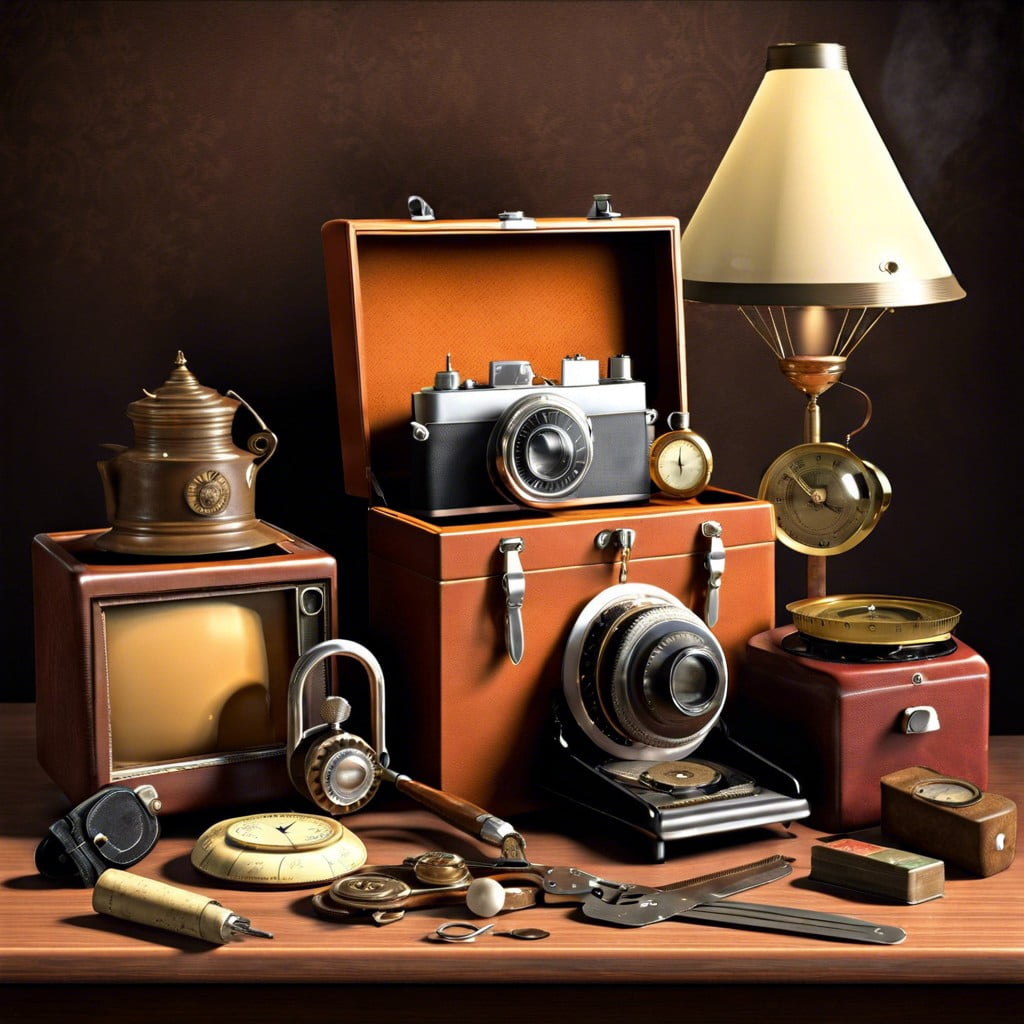
Vintage refers to original items that were made in the past, typically at least 20 to 100 years old, which hold or increase in value due to their age. The term implies authenticity; these pieces are not recreations but original items that showcase the styles and craftsmanship of the period they were produced in. They often have a historical significance or a story that adds to their allure.
In the realm of home decor, vintage pieces might include furniture, artwork, textiles, and kitchenware, among others. These items are sought after for their quality materials, durability, and unique designs that have withstood the test of time. Identifying vintage home decor involves looking for clues like manufacturer’s marks, construction methods, and materials that were popular during the item’s original era.
Enthusiasts value vintage items for their patina and wear, which are seen as marks of authenticity and charm. The appeal lies in their ability to bring a sense of history and character to a space. While incorporating vintage decor, it is important to note that preservation is key, as these pieces are not only decorative but often considered collectibles with potential investment value.
Definition of Retro
Retro refers to styles that mimic trends from the recent past, typically 15 to 20 years prior, but not old enough to be considered antique. It’s about harnessing a nostalgic appeal yet originating in a more recent era than vintage items.
– Retro is derived from the Latin word ‘retrospectum’, meaning ‘looking back‘.
– The focus is on the revival or adaptation of trends that characterized a certain period, especially from the 1950s to the 1980s.
– It often involves the use of modern materials and production methods to recreate classic designs.
– Retro can be seen as a celebration of pop culture, bright colors, bold patterns, and fun, quirky aesthetics.
– Unlike vintage, retro items do not necessarily have to be original pieces from the time period; they can be new productions designed to evoke the feel of that era.
– One common example is retro diners outfitted with neon signs, chrome barstools, and jukeboxes, emulating the American 1950s.
Characteristics of Vintage Items
Vintage items are generally recognized as being at least 20 to 100 years old, reflecting the styles and trends of the era in which they were produced. These pieces often carry a sense of history and authenticity, often appealing to collectors and enthusiasts.
Here are a few key characteristics to identify vintage decor:
- Authentic Age: True vintage items have withstood the test of time, embodying the craftsmanship and design sensibilities of their original era.
- Quality Materials: Many vintage pieces are made from materials that were more natural and durable, such as solid wood, thick glass, or heavy-duty metals.
- Unique Flair: Each vintage piece tells a story through its unique patina, wear and tear, or handcrafted details, which can add a layer of depth and interest to your decor.
- Timeless Elegance: Vintage designs reflect the period they come from yet often possess a timeless quality that allows them to blend well with various interior design styles.
- Rarity: Due to their age, vintage items are typically less common than modern reproductions, which means owning one can add a unique or eclectic highlight to a room.
When integrating vintage elements into your home, consider these characteristics to select genuine pieces that will add charm and character to your living spaces.
Characteristics of Retro Items
Retro items reflect styles and trends from the recent past, typically ranging from the 1950s to the 1980s. These pieces often showcase bold colors, geometric shapes, and futuristic design elements inspired by the pop culture and media of their time.
Unlike vintage, retro doesn’t necessarily mean the item is old; it can be a new piece manufactured to evoke a bygone era. Look for characteristics like plastic materials, chrome accents, and vinyl upholstery in furniture, or graphic prints and motifs in decor.
The sense of nostalgia these items evoke makes them popular in creating a playful and eclectic interior that borrows the optimism of post-war design movements.
Stylistic Elements of Retro Decor
Retro decor celebrates the design trends from the 1950s to the 1970s, offering a nostalgic ambiance that remains popular in contemporary homes. Bold colors, such as turquoise, mint green, and vibrant yellows, are iconic, often paired with patterned wallpaper or funky geometric shapes.
Furniture features sleek lines and tapered legs, with materials like teak, vinyl, and formica being prominent. Lighting fixtures tend toward the dramatic, with Sputnik chandeliers and lava lamps making frequent appearances. Accessorizing with items like rotary phones, record players, and vintage advertisements adds authenticity to the retro aesthetic.
Textiles are playful and can include shag rugs, sunburst clocks, and barkcloth curtains. Upholstery often sports vibrant prints or vinyl in vivid hues. Embracing these elements can infuse any space with the carefree spirit and optimistic vibe of the retro era.
The Value of Vintage in Home Decor
Vintage pieces offer a timeless appeal that can act as a bridge between the past and present within your living space. By introducing a vintage item, you add not only visual interest but also a story and history to the room. This connection to the past can imbue a sense of warmth and personality that newer items might lack.
Additionally, vintage finds are often unique or rare, ensuring that your decor stands out with an individual flair. Opting for vintage also reflects a sustainable choice, as it reuses existing pieces, reducing the demand for new productions. Furthermore, high-quality vintage items can serve as investments, often appreciating in value over time.
Therefore, incorporating vintage elements accomplishes more than just aesthetic enhancement—it fosters environmental consciousness, economic prudence, and creates a layered, evocative home environment.
How the Retro Aesthetic Influences Modern Design
Retro aesthetics have a profound influence on modern design by breathing new life into old trends. Designers often draw inspiration from the past, reimagining classic shapes, colors, and patterns to fit contemporary spaces. The use of bright, bold hues reminiscent of the ’60s and ’70s, alongside geometric and abstract patterns, is a testament to the enduring popularity of retro-inspired themes.
Furniture with mid-century modern lines, featuring sleek, organic curves and minimalist silhouettes, has seen a resurgence in today’s interiors. These pieces blend functionality with an aesthetic that pays homage to the design movements of the past.
Lighting fixtures too borrow from past eras, with designers reinventing Art Deco sconces and Space Age lamps with modern materials and LED technology. The infusion of nostalgic elements offers warmth and character, adding layers of visual interest to a room.
Moreover, the incorporation of retro design serves as a statement against disposable culture. It encourages sustainability through the reuse and repurposing of vintage finds, merging environmental consciousness with style.
By marrying retro charm with modern innovation, designers create spaces that are at once familiar and fresh, offering a nod to the past while catering to the needs and preferences of the present.
Places to Source Vintage Decor
To find authentic vintage decor, explore specialized antique shops where rare and age-specific pieces are often curated by knowledgeable staff.
Estate sales, auction houses, and flea markets can be treasure troves, offering unique finds and the thrill of discovery.
Online platforms like Etsy or eBay provide access to a global marketplace, ideal for locating specific items.
For those with an eye for potential, thrift stores and yard sales frequently have hidden gems at modest prices.
Participate in local collector’s meetups and forums to exchange information and leads on vintage decor.
Building relationships with dealers who specialize in vintage items can yield personalized recommendations and early access to new arrivals.
Tips for Incorporating Retro Pieces Into Contemporary Interiors
Blend rather than match; showcase a standout retro item like an Eames chair or a sunburst clock against a minimalist background. This creates a focal point and adds historical depth to the room.
Opt for a unifying color scheme; select retro pieces in complementary hues that align with your current interior palette to ensure cohesion.
Play with patterns and textures; incorporate retro fabrics such as tweed or velvet in accent pieces like cushions or curtains to add a touch of nostalgia without overwhelming the space.
Balance is key; distribute retro elements evenly throughout the space rather than clustering them in one area to prevent a time-capsule effect.
Strategically mix eras; pair retro items with pieces from different periods to celebrate design evolution and avoid a dated look.
Consider repurposing; updating retro pieces, like reupholstering an old sofa in a modern fabric, breathes new life into the item and blends it seamlessly with contemporary decor.
Care and Maintenance of Vintage Items
Preserving the integrity and beauty of vintage items is paramount to maintaining their value and aesthetic. Regular dusting with a soft cloth can prevent surface dirt buildup on vintage furniture. For wooden pieces, use products designed for antiques to keep the wood nourished without damaging the patina.
It’s advisable to keep vintage textiles, like drapes or upholstery, away from direct sunlight to prevent fading. In the case of metal objects, dry conditions are favorable to prevent rusting or tarnishing. With delicate items or heirlooms, consulting a professional restorer for specific care instructions is beneficial.
Always handle vintage items with care and use them as intended to ensure longevity.
FAQ
Is retro and vintage the same thing?
No, retro and vintage are not the same thing; vintage refers to authentic objects from an era at least twenty years ago, while retro pertains to newer items designed to mimic the style of the past.
How old is vintage vs retro?
Vintage items are typically between twenty to ninety-nine years old, while retro items are newer but stylistically represent the 1960s through the early 2000s.
Is 50s retro or vintage?
The specific styles from the 1950s are typically referred to as "retro," which can encompass facets beyond clothing, including hairstyles, home décor, and cars.
What time period is retro?
The term retro refers to items that are at least 20 but not yet 40 years old.
How do we classify furniture as retro or vintage?
Furniture is classified as retro or vintage based on its age, with vintage pieces typically dating back 20-100 years and retro referring to a style mimicking a particular trend from the past.
Are there specific color palettes associated with retro and vintage decor?
Retro and vintage decor often incorporate color palettes featuring pastels like pink, blue, and mint green, warm hues such as yellow and red, as well as earth tones including browns, creams, and olives.
Which design aspects differentiate retro from vintage styling in home decor?
Retro styling in home decor refers to design elements from the recent past, typically featuring bold colors and exaggerated shapes, while vintage styling refers to pieces that are between 30 to 100 years old, often with a more subdued color palette and intricate details.

